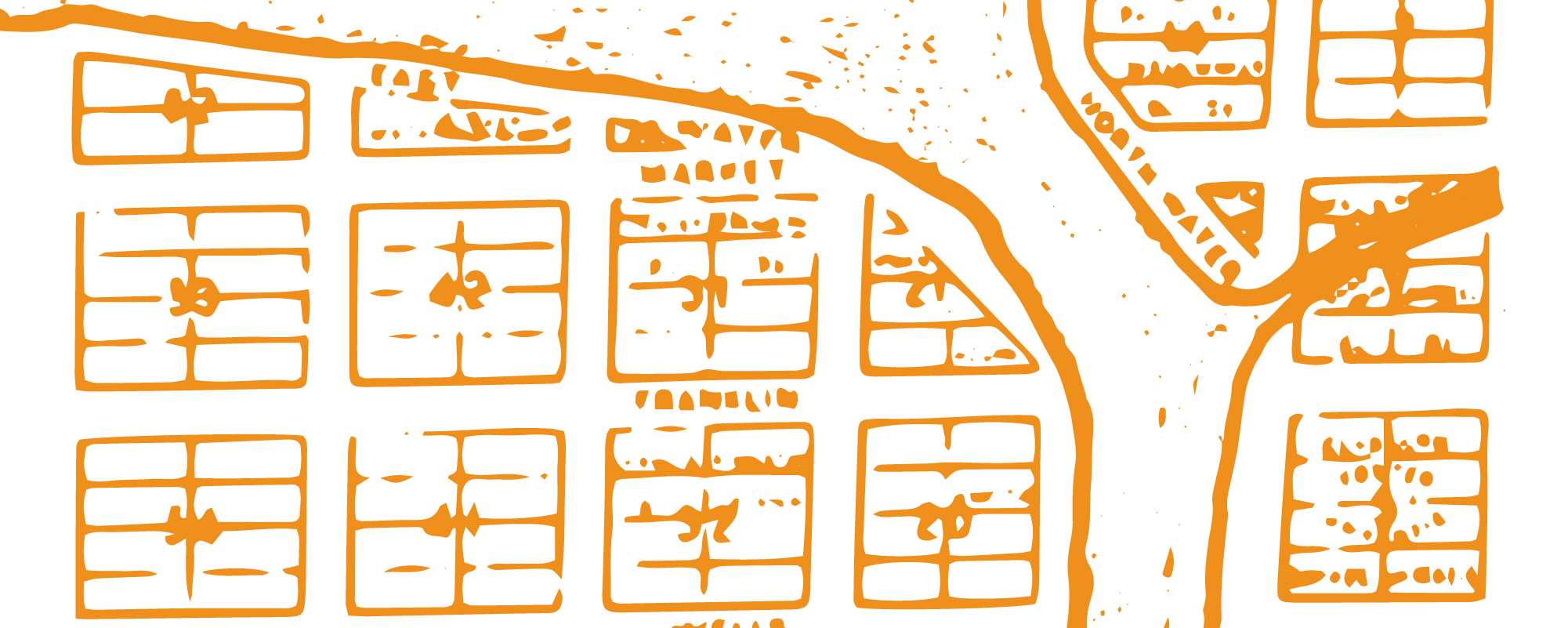
(Map by James Thompson)
Whet Moser, AB’04, adds a new volume to the library of books on Chicago.
After spending two years at California’s Deep Springs College, which is based on a working ranch and enrolls just 30 students, Whet Moser, AB’04, was ready to live in a city. He transferred to UChicago in 2001 and found the experience “a little overwhelming,” he says. “I would do things like forget to have correct change for the bus.”
After graduation Moser worked at the Chicago Reader and Chicago magazine, in the process becoming a self-taught expert on the city. Last year he published Chicago: From Vision to Metropolis (Reaktion Books), part of the Cityscopes series, which includes guidebooks to New York, Beijing, and other major urban centers. He now holds the intriguing job title of deputy editor, Obsession at Quartz, where he writes about topics other than Chicago.
This interview has been edited and condensed.
What was the most surprising thing you learned during your research?
How much work was done to control the environment in Chicago. It doesn’t seem like it would be that hard. It’s totally flat. But the sewers required historic engineering that is virtually unrivaled around the world.
I don’t want to say the engineers failed, but they were not successful enough. So then the city had to double down and do something even more epic: build the Sanitary and Ship Canal to reverse the flow of the Chicago River.
What’s missing from Chicago that would make it the world’s most perfect city?
A better public transportation system. Chicago, with our hub and spoke system, is very good for getting you downtown and back. But I live on the Northwest Side. If you want to go east or due south, you’re reliant on the bus system.
I would have said mountains, personally.
That’s also true. One of the theories I mention in the book is that we had to make Chicago such an architecturally beautiful place because there’s not a lot else to look at.
The excerpts in the Core are about the grid, the bungalow, and the Chicago hot dog. Could you rank them from most favorite to least favorite?
I love all of them. I would say the bungalow is number one.
Do you live in a bungalow?
I do. Unfortunately it has vinyl siding on it. I have no idea what it looks like underneath. In structural form it is a bungalow, but it is not the classic brick bungalow.
The grid is number two, just because it makes things so easy. I have a fairly poor sense of direction, and I’m not good at remembering street names. If someone says, Meet me at a certain place, you can just ask, What are the coordinates?
I guess the hot dog is number three, although I love them a great deal.
How often do you eat one?
A couple times a year. When I go to baseball games.
Sox or Cubs?
Sox. My wife [Liz Ptacek, AB’02, JD’10] is from the South Side. They go a couple generations back as Sox fans.
Do you have another book in progress?
No. I have two young children. Right now I’m just reading whatever I want, which is kind of nice.
Read “Three Things We Love about Chicago,” an excerpt from Moser’s book Chicago: From Vision to Metropolis.
